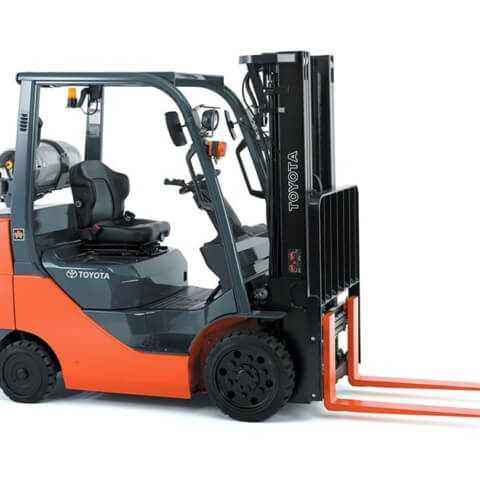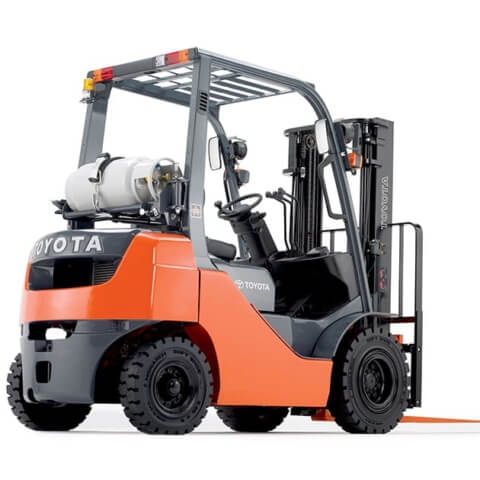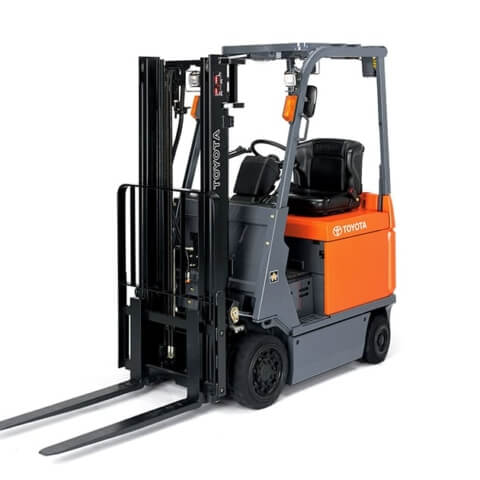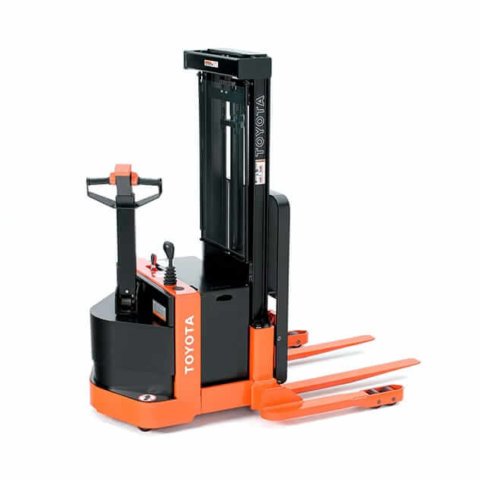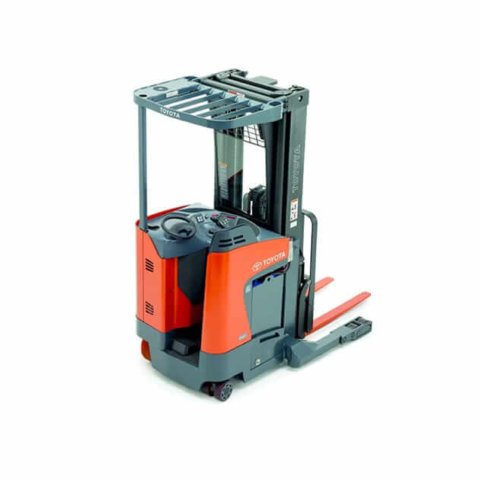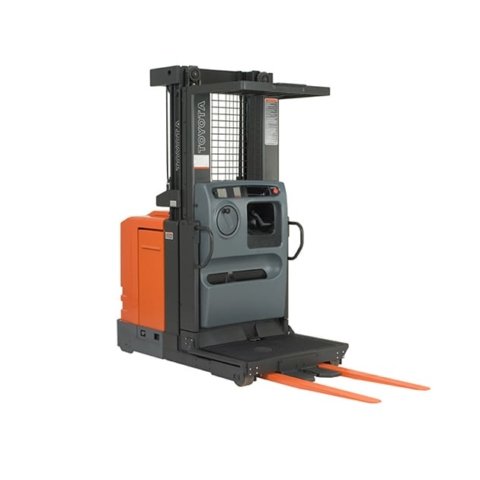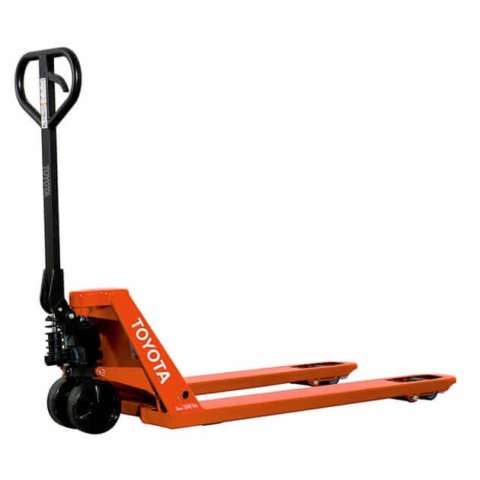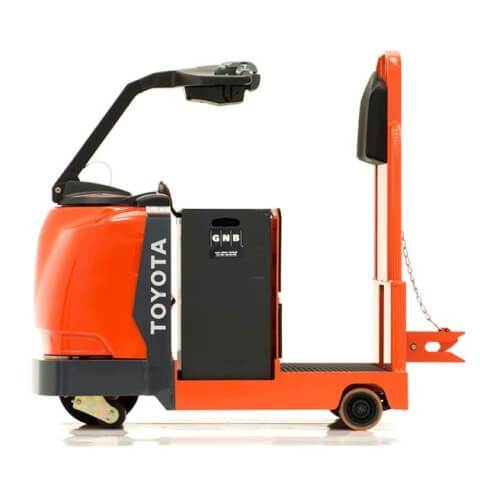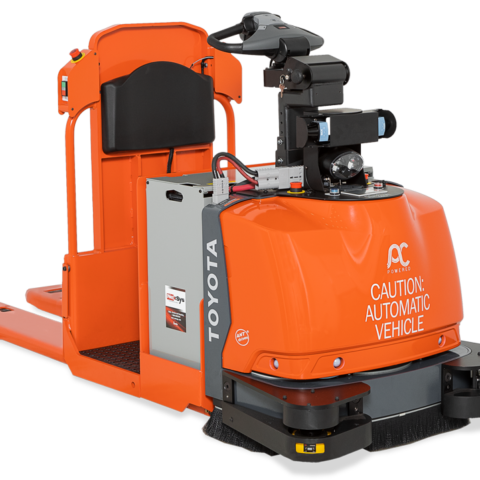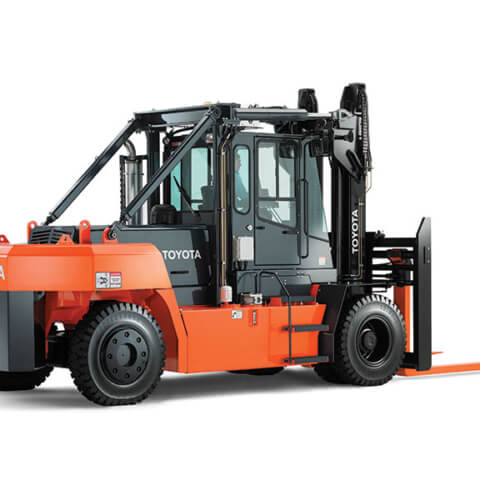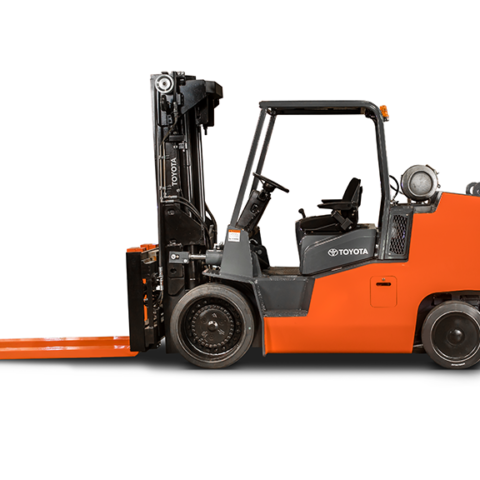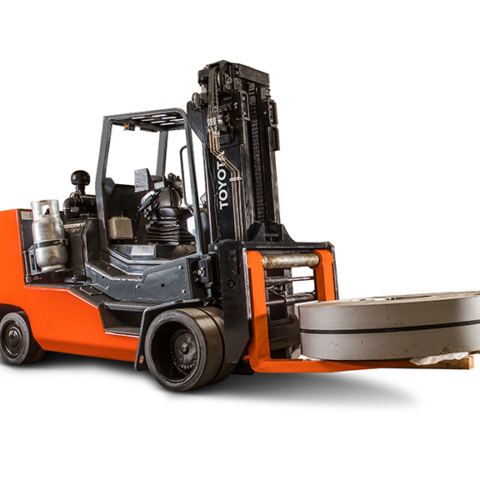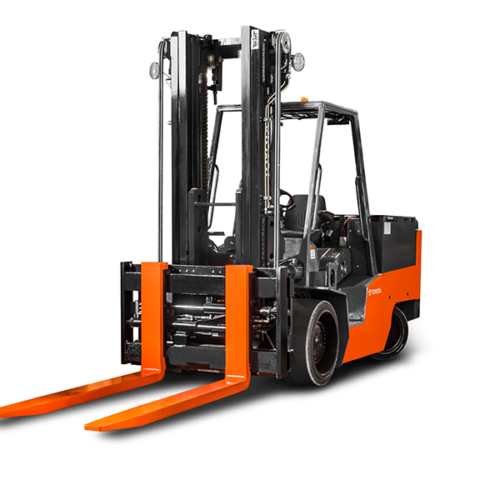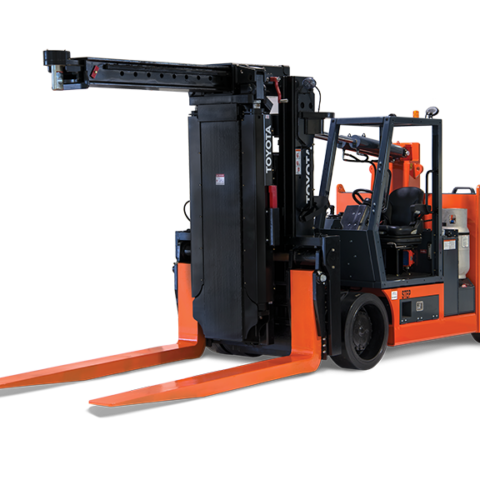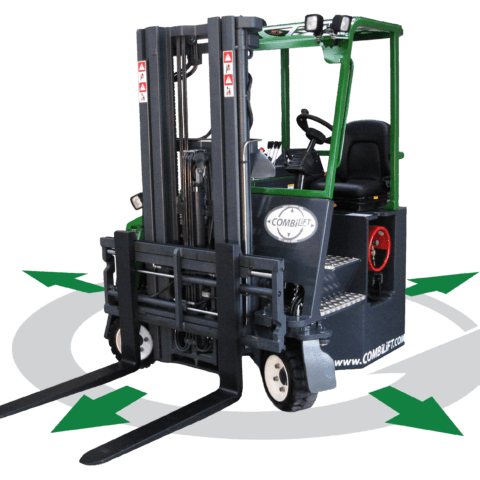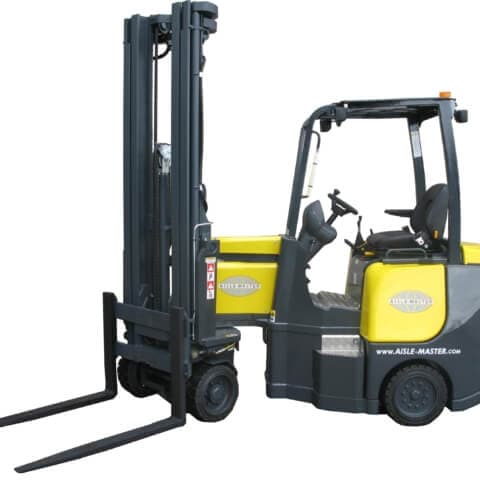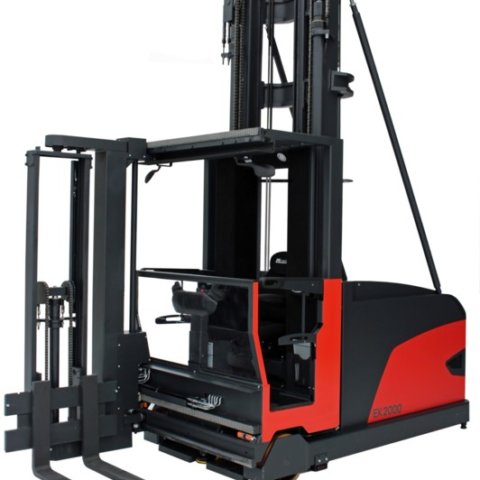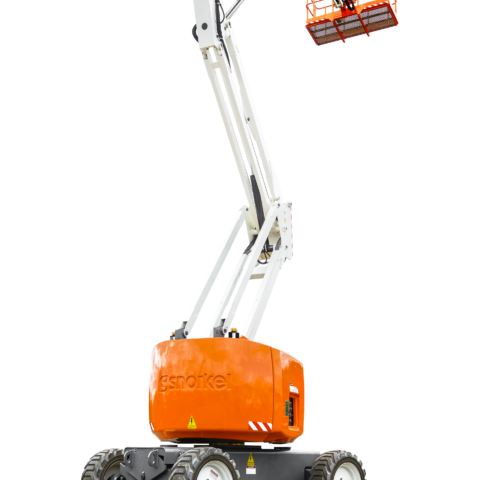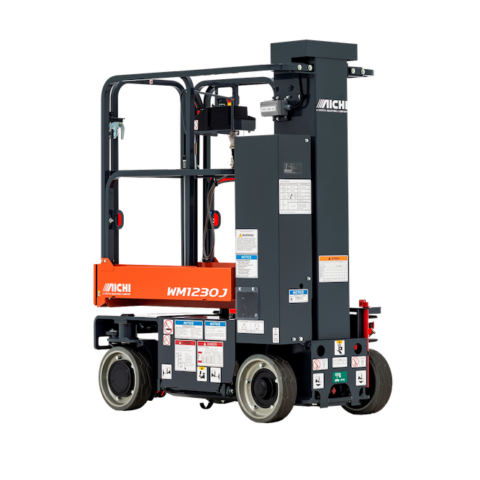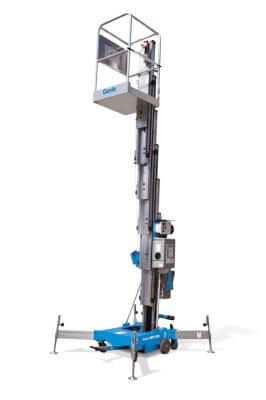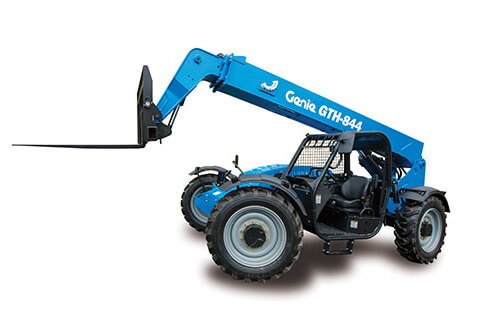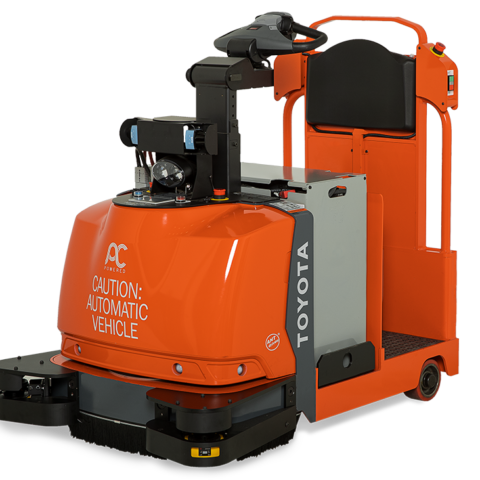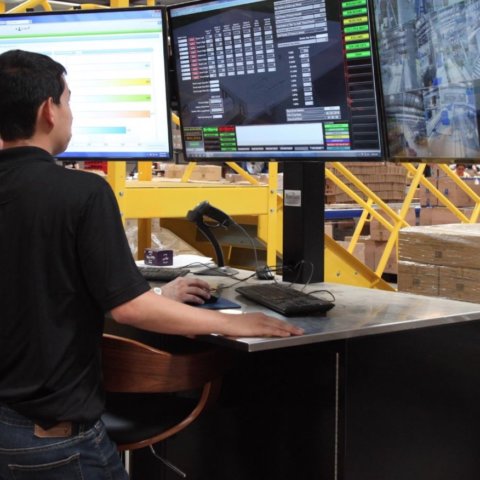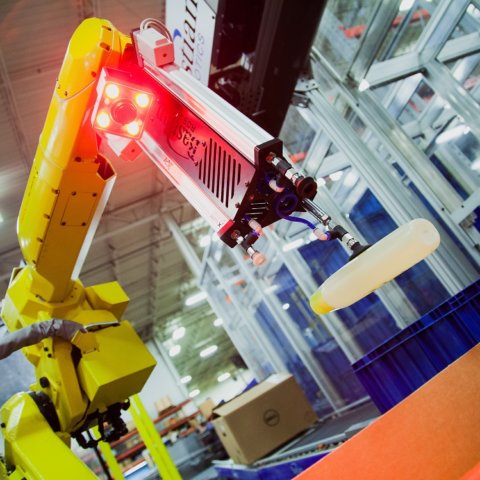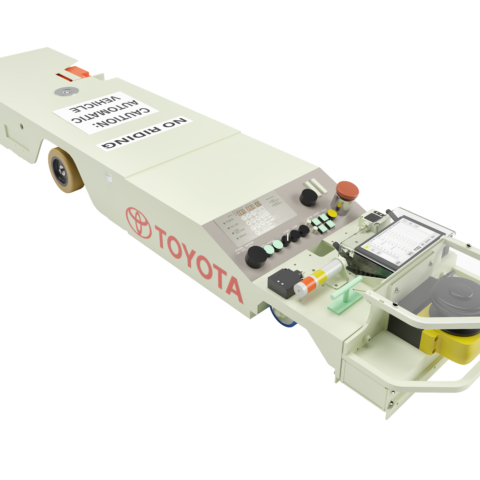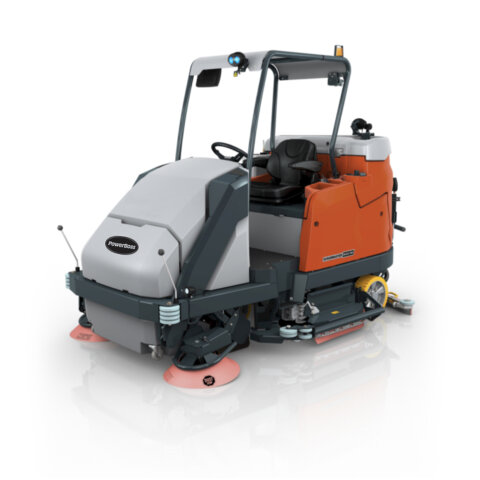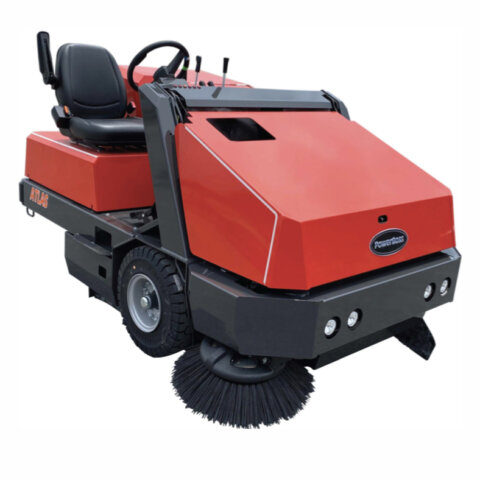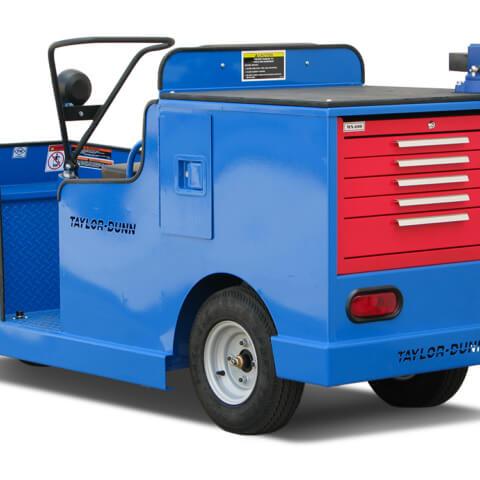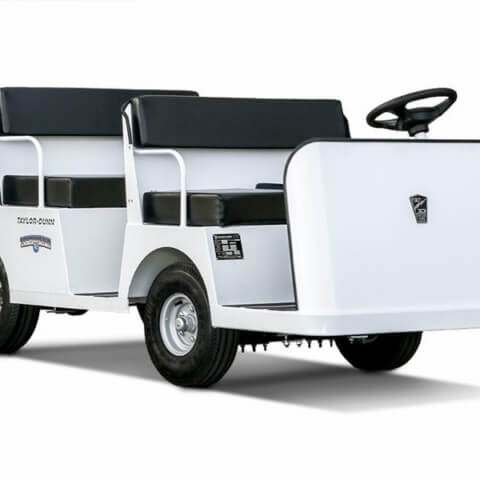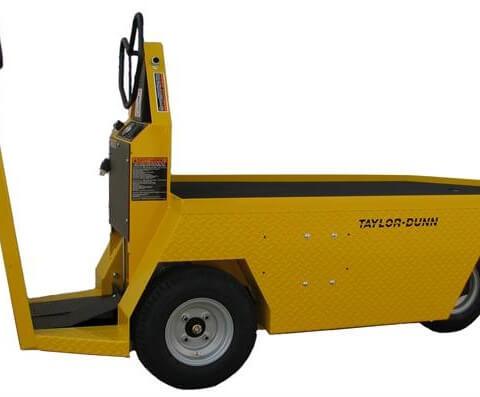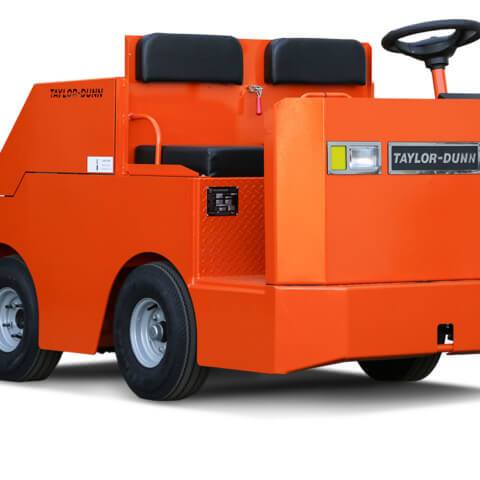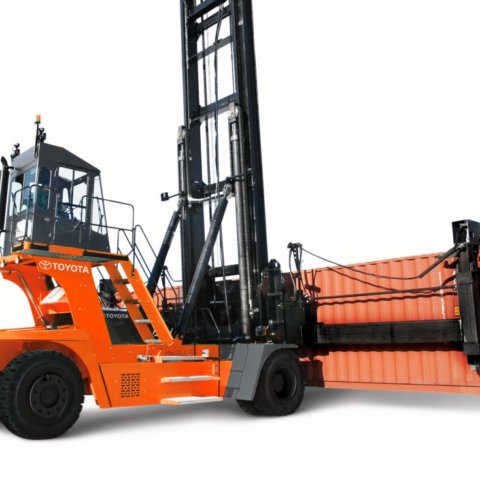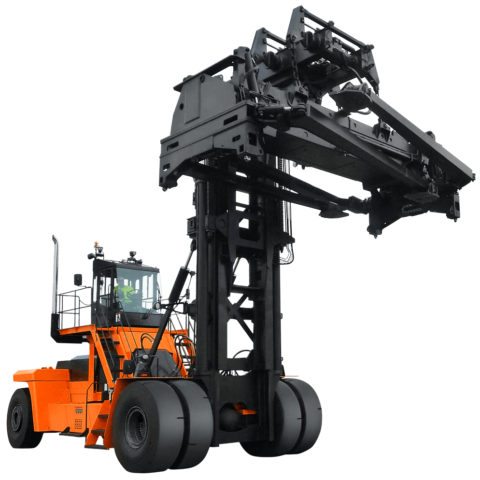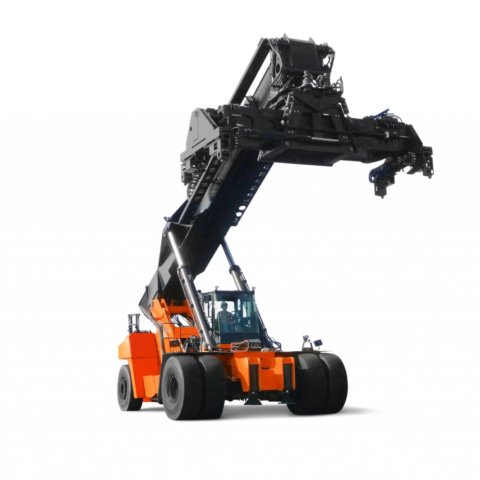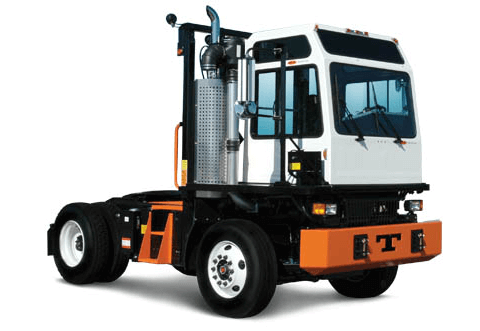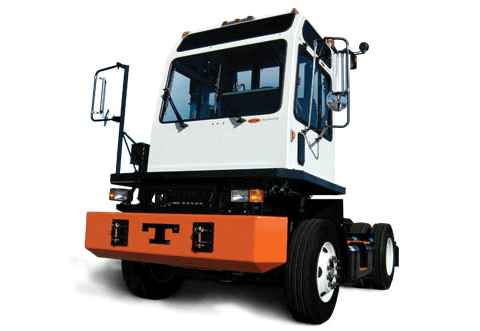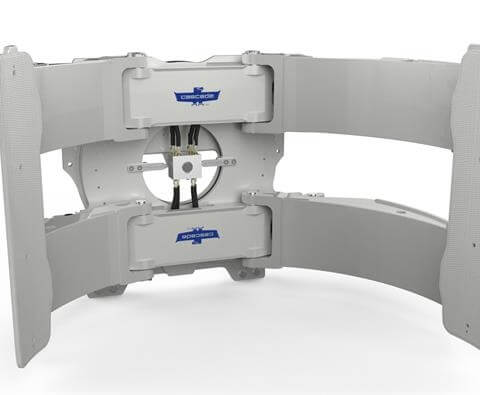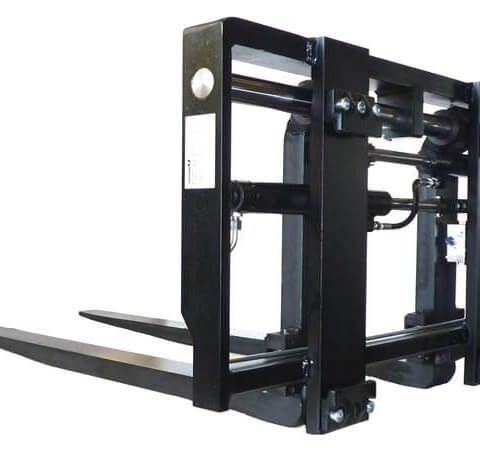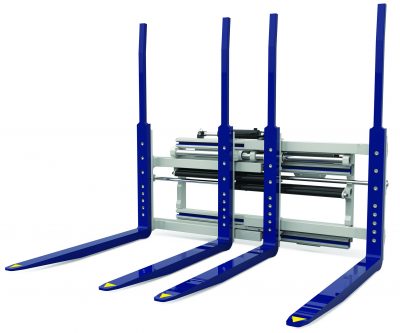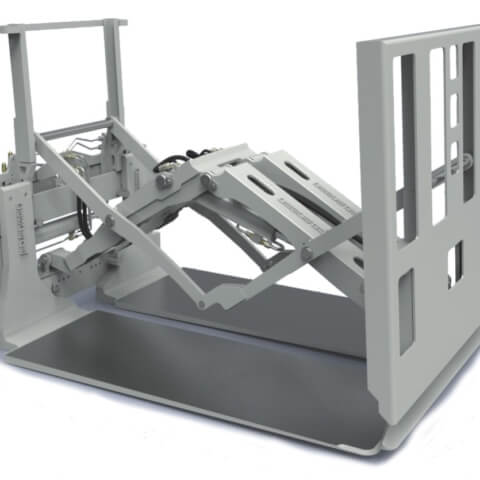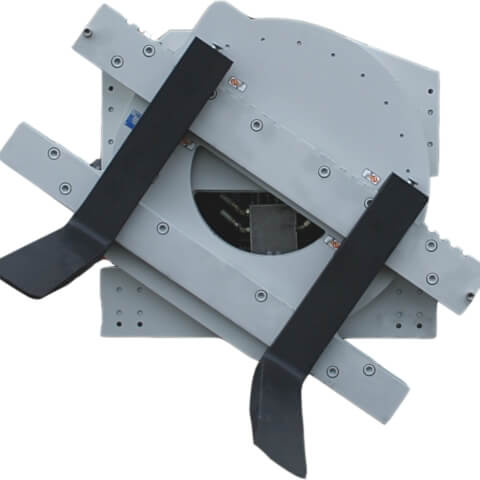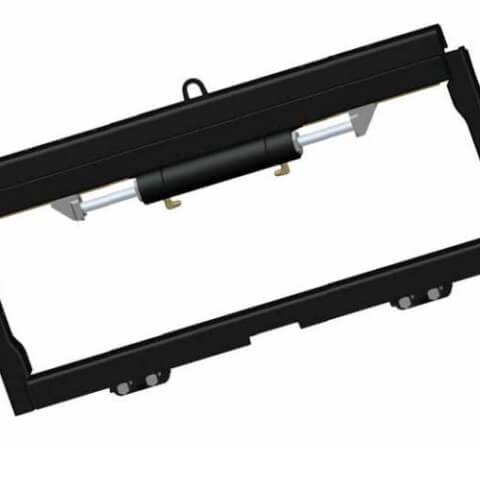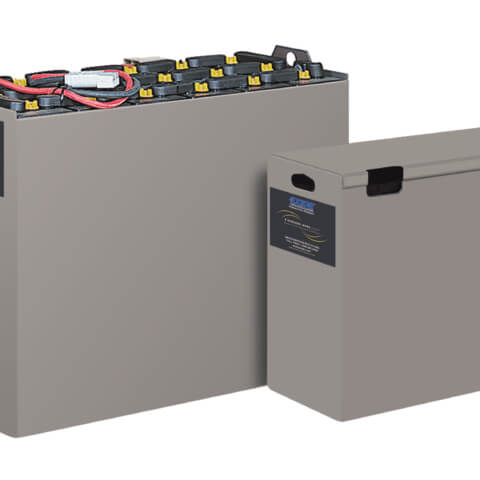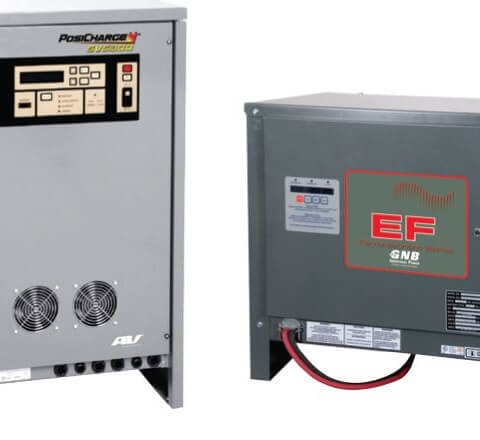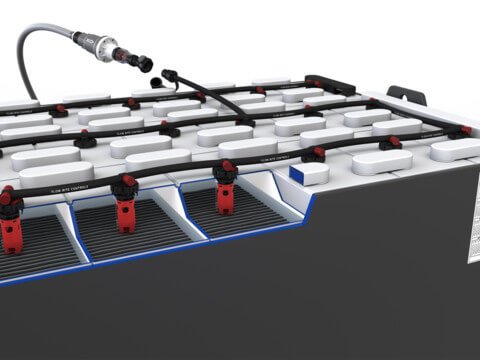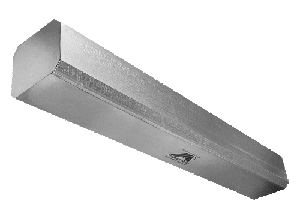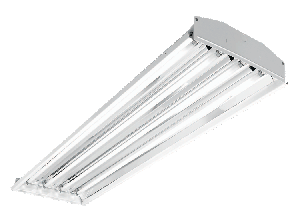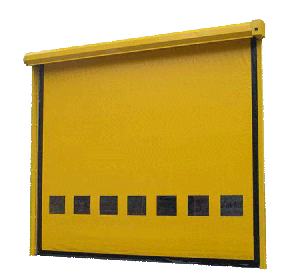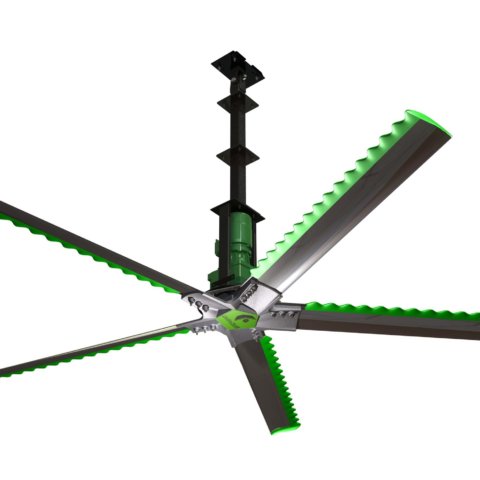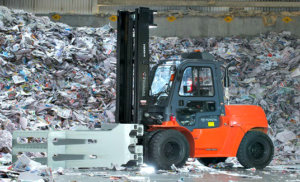
Do you use a forklift attachment only part-time? Your forklift still requires an additional forklift name plate. REQUEST FORKLIFT NAME PLATE
A forklift name plate, also referred to as a capacity plate, data plate or data tag, is placed on the equipment to inform the operator how much weight can be lifted safely. Forklifts are required by law to have an accurate and legible name plate.
Forklift Attachment Considerations
Forklift attachments add weight in front of the forklift’s front axle, the tipping point of the equipment. The counterweight, which is what holds the forklift tires on the ground, experiences a reduction in capacity because the attachment moves the load farther from the tipping point and add its own weight to that of the load. This change in capacity and lifting restrictions requires an additional forklift name plate, even if the attachment isn’t in use full-time.
Forklift operators are required to be trained to read name plates. This is especially important if the equipment has multiple attachments and the name plates to go with them. Operators need an understanding of which name plate provides the proper capacity restrictions and how it may change the operation of the forklift.
Ordering a Forklift Name Plate
Contact a local forklift dealer to secure an additional or updated forklift name plate. The forklift dealer will provide the manufacturer with equipment details such as forklift model, mast and attachment specs and the manufacturer will calculate the new capacity limitations based on the provided information. For a small fee, the forklift dealer can order the name plate and if needed, provide a service technician to install it on the forklift.
Do you have an outdated Toyota forklift name plate? Contact ProLift to help update your forklift and keep operators safe!
Order Forklift Name Plate
